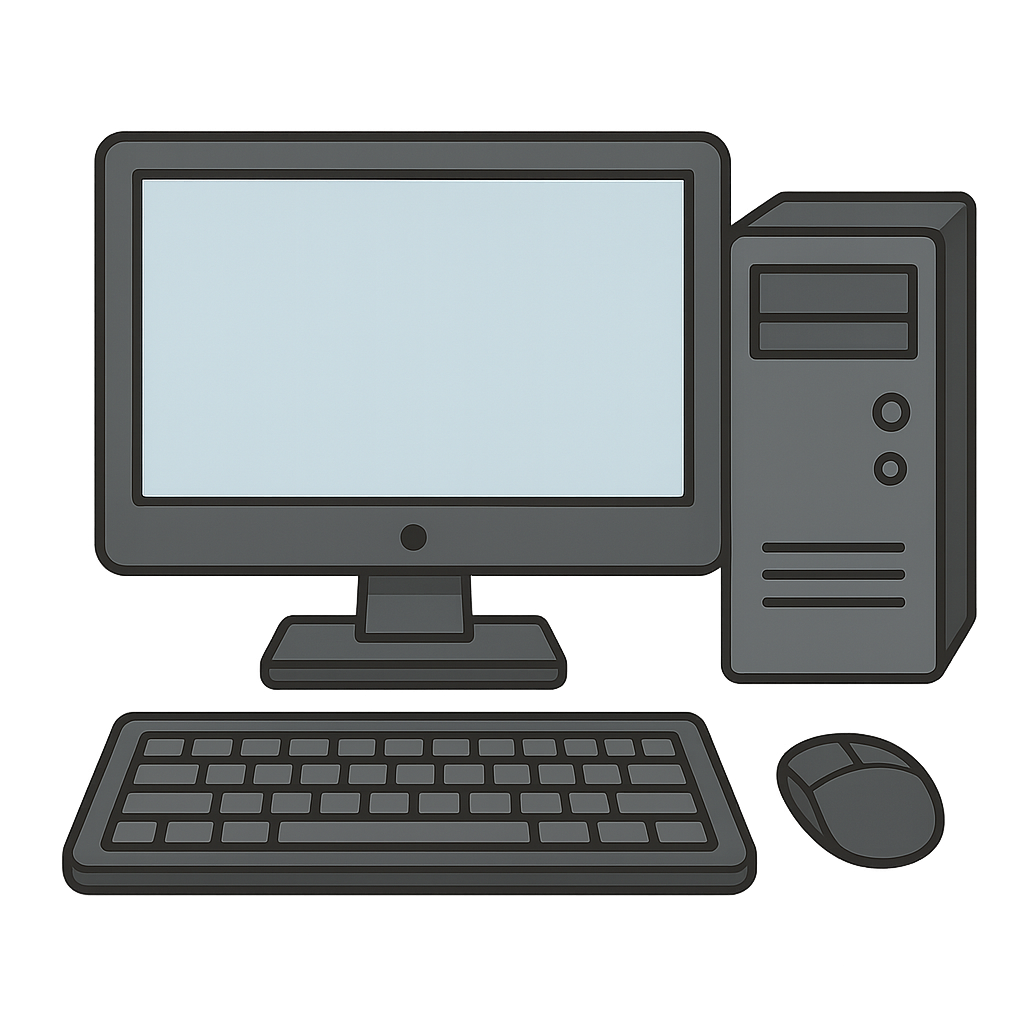The Amazing Story of Me, the Computer
Hello there. My name is Computer, and I’m so happy to meet you. Can you imagine a world without your favorite video games, fun videos, or sending silly messages to your friends in an instant? It sounds a bit quiet, doesn't it? Well, long ago, that’s how it was. People had to solve every single math problem with just a pencil and paper, which took a very, very long time. That’s why some brilliant people started dreaming about someone like me, a machine that could think and help them with all that hard work. I was just an idea waiting to happen.
My story really begins with a big dream inside the mind of a clever man named Charles Babbage, way back in the 1830s. He imagined a gigantic machine made of gears and wheels, powered by steam, like a train. He called it the Analytical Engine, and it was designed to be a magnificent mechanical calculator. But his wonderful friend, Ada Lovelace, saw something even more special. She looked at the plans for all those spinning cogs and realized this machine could do more than just solve number problems. She understood it could follow a set of instructions, or a 'program,' to create music or art. Can you believe it? She wrote the world’s very first computer program, long before I even existed. She was a true visionary.
It took over a hundred years for their dream to come true. I finally took my first breath, or rather my first electronic blink, around 1945. But I wasn't small like I am today. I was enormous. My first real body was called ENIAC, and I filled an entire room from floor to ceiling. Instead of a brain with cells, I had thousands of glowing glass tubes called vacuum tubes, and I was connected by miles and miles of colorful wires. My creators, John Mauchly and J. Presper Eckert, designed me to be a super-fast brain for scientists and soldiers, helping them solve math problems that were too difficult for any person. When they flipped my switch, my lights would flicker and my parts would whir and click. It must have sounded like a secret mechanical city coming to life as I solved problems faster than anyone had ever imagined.
Being the size of a room was impressive, but not very practical. Can you imagine needing a whole room just to do your homework? So, clever inventors got to work on making me smaller. The first big step was a tiny invention called the transistor, which replaced those big, hot vacuum tubes. It was like swapping a lightbulb for a tiny speck of sand that could do the same job. Then came the microchip, which packed the power of thousands of transistors onto something smaller than your fingernail. Suddenly, I didn't need a whole room anymore. Creative dreamers like Steve Jobs, Steve Wozniak, and Bill Gates saw that I could become a personal friend. They believed that I belonged in homes, schools, and offices, ready to help everyone, not just scientists in big laboratories. They worked hard to build smaller, friendlier versions of me that could sit right on your desk.
Once I was small enough to be in homes all over the world, the next big adventure began: learning how to talk to each other. Imagine all of us computers were living on our own little islands. Then, scientists created a magical connection called the internet. It was like we all learned a secret language that let us share messages, pictures, and stories across invisible waves in the air. In the blink of an eye, a computer in Japan could share an idea with a computer in Brazil. This amazing network connected people and their ideas like never before, making the big world feel a little smaller and a lot friendlier. It was a whole new way for people to learn from each other and create things together.
Today, you can find me almost everywhere. I’m in your laptop, your parent’s phone, and the tablet you use for school. I’m still learning and growing every single day, becoming faster and smarter. But my most important job is to be a tool for you. I am here to help you build amazing worlds in games, draw incredible pictures, write fantastic stories, and learn about anything you can imagine. I am a helper for your creativity and your curiosity. So, what do you think? What amazing things will we build together next? The future is ours to create.
Reading Comprehension Questions
Click to see answer
